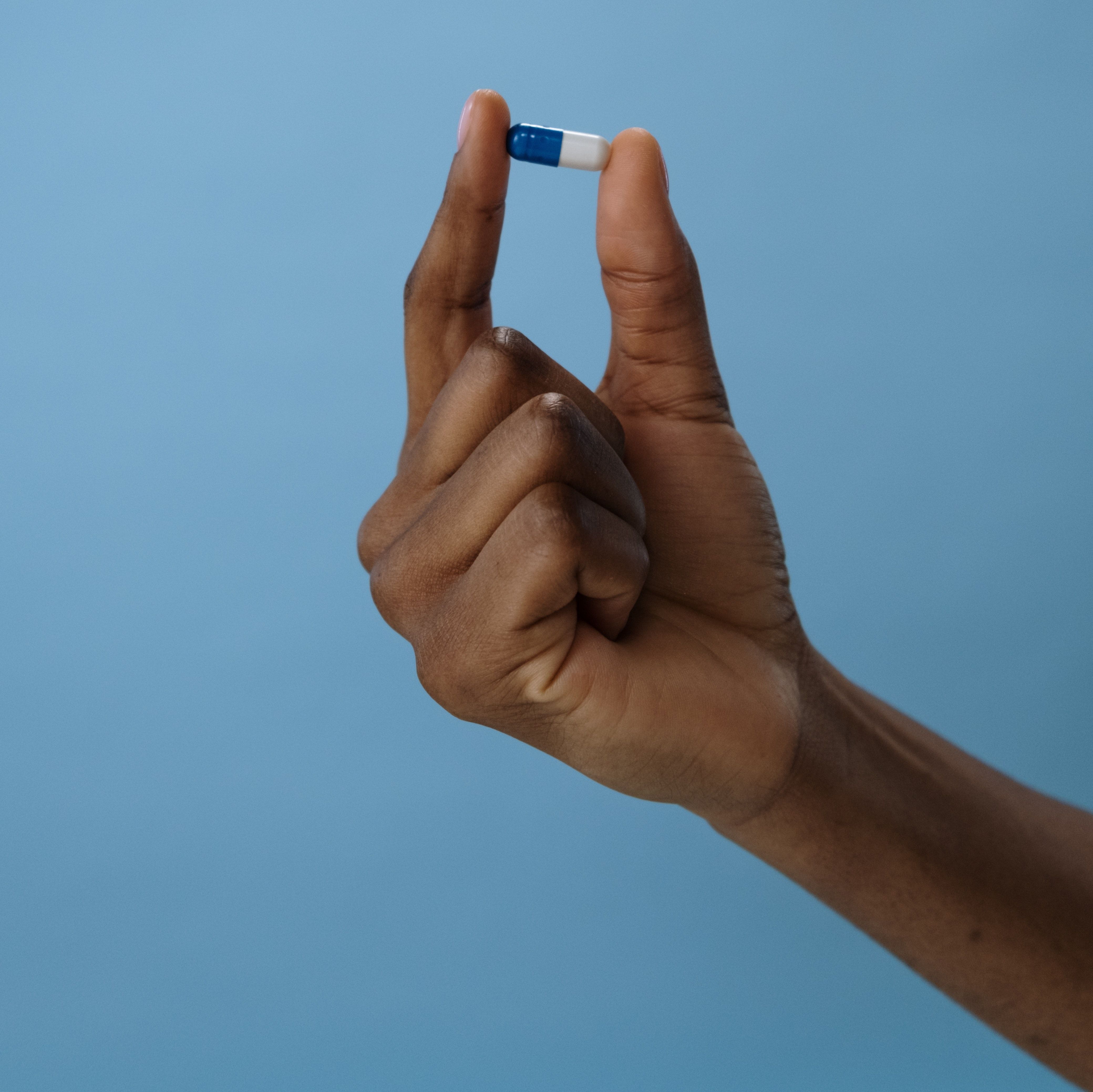Article
Hydroxyurea Examined for Stroke Prevention in Pediatric Sickle Cell Anemia
Author(s):
Phase 3 trial examines if adjusting the dose of hydroxyurea reduces the risk of stroke in children with sickle cell anemia.

A recently published study, “Hydroxyurea for primary stroke prevention in children with sickle cell anaemia in Nigeria (SPRING): a double-blind, multicentre, randomised, phase 3 trial” provided an evidence-based guideline for the use of low-dose hydroxyurea therapy for children with sickle cell anemia at risk of stroke.
The research team, led by Shehu Abdullahi, MBBS, Department of Pediatrics, Bayero University/Aminu Kano Teaching Hospital, found that patients treated with hydroxyurea showed no difference in the stroke incidence rate whether they were given a low-dose or a moderate-dose.
According to secondary analyses, however, the incidence rates for overall hospitalizations could be lower in the moderate-dose group.
Years of Evaluation
Investigators looked at patients with abnormal transcranial Doppler velocities to test the incidence rate of strokes when administering a moderate-dose of hydroxyurea compared to a low-dose.
Monthly blood transfusions for this population results in a 92% relative risk reduction of strokes, but regular blood transfusion in Africa is not accessible for the majority of patients.
The double-blind, parallel-group, controlled, phase 3 trial randomized 220 patients aged 5-12 years. Patients were then stratified by sex and site.
A low-dose of hydroxyurea consisted of 10mg taken once daily. A moderate-dose was 20mg taken once daily. Clinical evaluations and laboratory monitoring was conducted monthly.
Initial stroke or transient ischemic attack was the primary outcome, with the secondary outcomes being all-cause hospitalization. After a planned follow-up of 3 years, the trial ended early for futility.
The Outcomes
All patients that participated were Nigerian, with the majority of them being Hausa (82%). Some patients were Fulani (11%), and the rest identified as another ethnicity (7%).
Of the 109 patients in the low-dose group, 3 experienced a stroke (3%). The moderate-dose consisted of 111 patients, 5 experienced a stroke during the study (incidence rate ratio 0.62 [95% CI 0.10-3.20], p=0.77).
Stroke incidence rates didn’t reveal a significant difference between the study groups.
In terms of overall hospitalization, investigators identified that the incidence rate per 100 person-years was higher in the low-dose group compared with the moderate dose group (27.43; 16.08). The incidence rate ratio of hospitalization for any reason was 1.71 (95% CI 1.15-2.57, p=0.0071).
“Compared with low-dose hydroxyurea therapy, participants treated with moderate-dose hydroxyurea had no difference in the stroke incidence rate,” Investigators wrote. “However, secondary analyses suggest that the moderate-dose group could lower incidence rates for all-cause hospitalisations. These findings provide an evidence-based guideline for the use of low-dose hydroxyurea therapy for children with sickle cell anaemia at risk of stroke.”
The study, “Hydroxyurea for primary stroke prevention in children with sickle cell anaemia in Nigeria (SPRING): a double-blind, multicentre, randomised, phase 3 trial”, was published in The Lancet Haematology.





